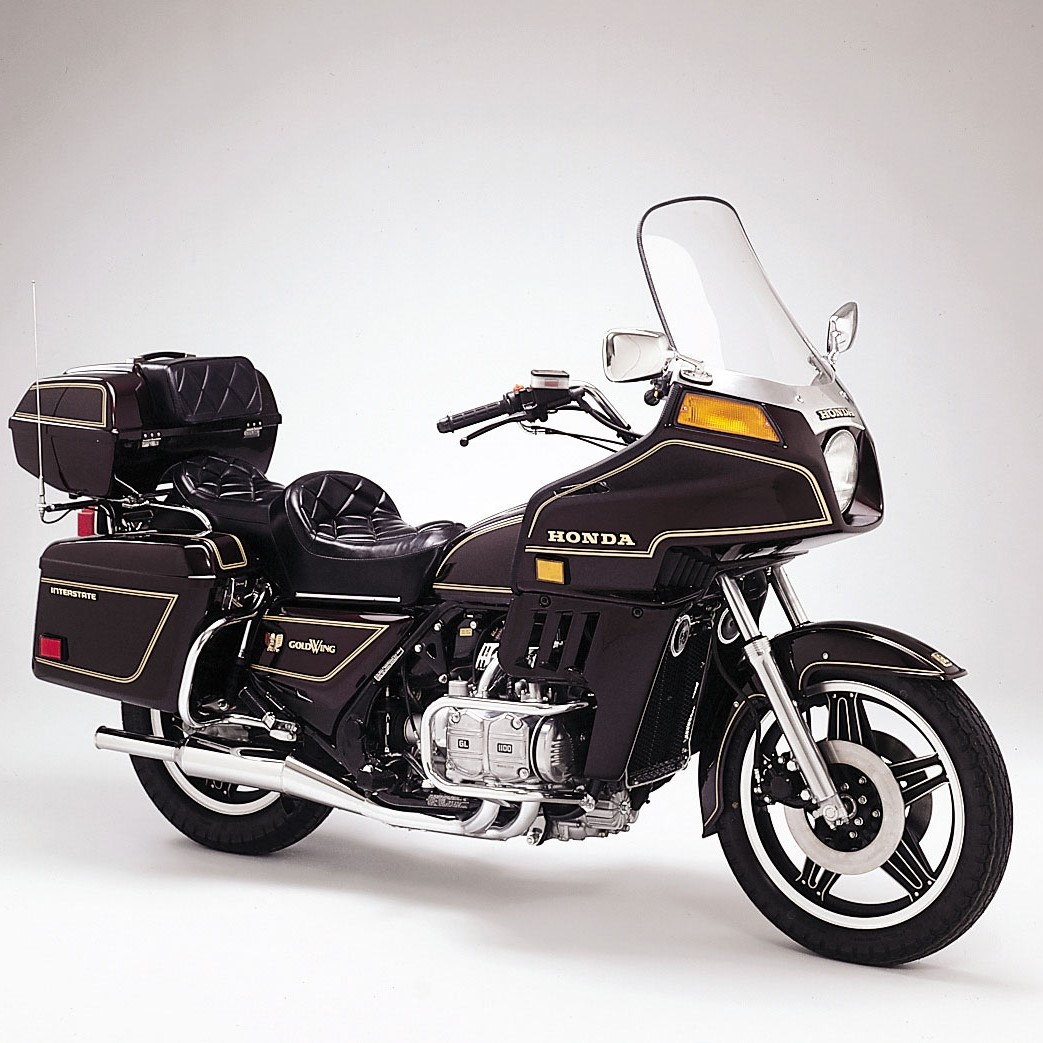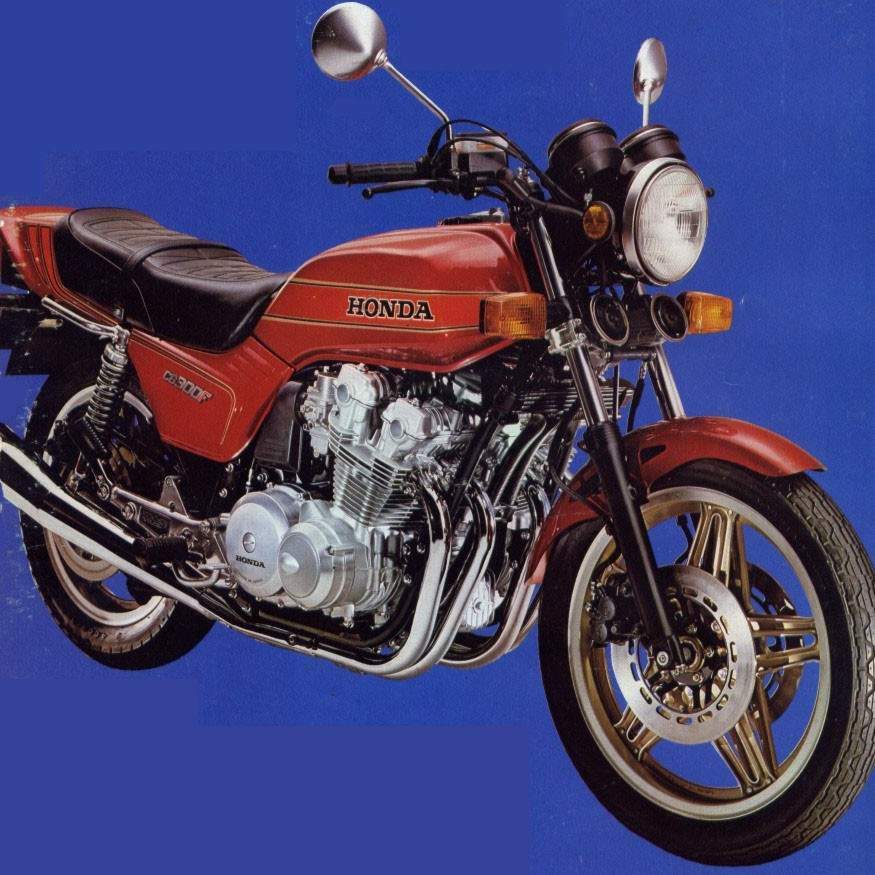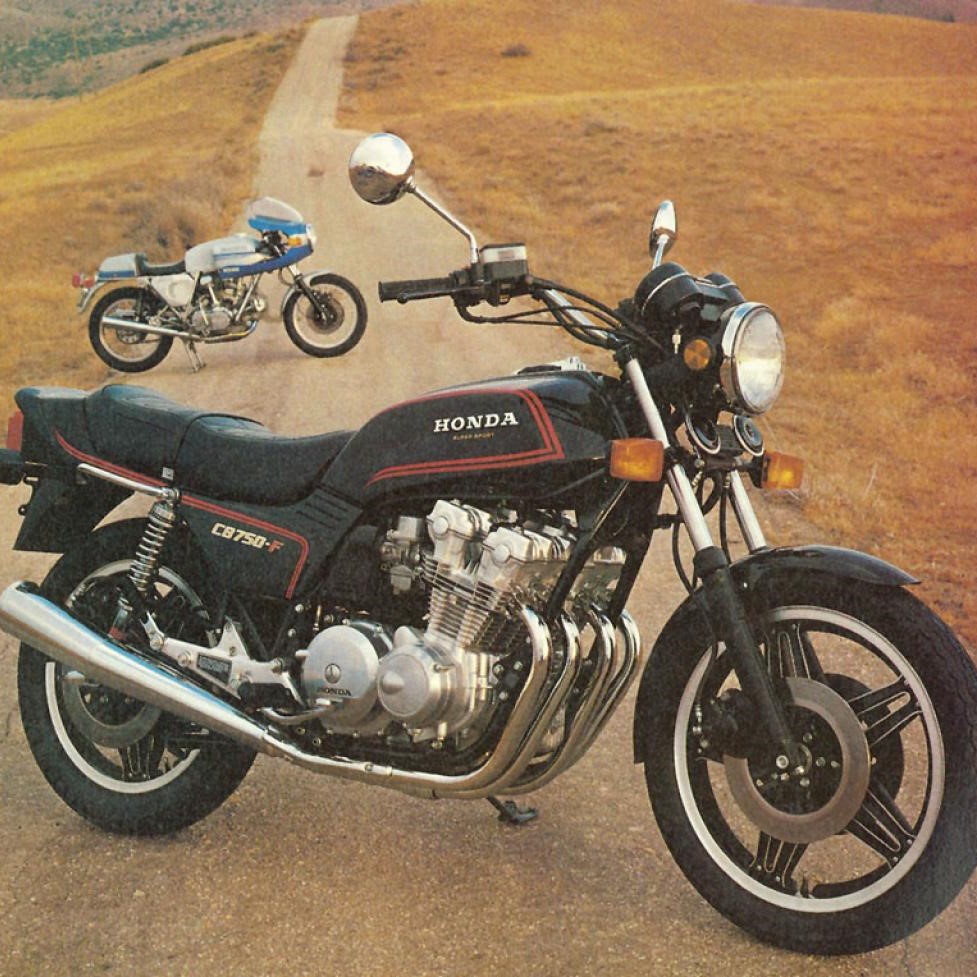Overview of the 1980 Honda Motorcycle Models
The 1980s marked a significant era for Honda motorcycles, showcasing a range of models that became iconic symbols of motorcycling culture. This period saw the introduction of bikes that combined aesthetic appeal with advanced mechanics, setting new standards in the motorcycle industry.

Popular Models and Their Features
During this decade, several Honda motorcycle models stood out due to their innovative design and performance features. Notable among them was the Honda CBX 1000, renowned for its six-cylinder engine which was a rarity at the time. Another significant model, the Honda CX500, introduced the world to the advantages of liquid cooling and a shaft drive.
The Honda CB750 also continued to be highly popular, admired for its reliability and the introduction of a disc brake which was a groundbreaking feature during the early 1980s. These models not only enhanced the riding experience but also helped in solidifying Honda’s reputation as a leader in motorcycle manufacturing.
Technological Innovations of the Era
The 1980 Honda motorcycles were equipped with cutting-edge technology that pushed the boundaries of what motorcycles could achieve. The integration of electronic ignition systems significantly boosted engine performance and reliability. Honda further led innovation with the first use of four-cylinder engines in mainstream models, boosting power and speed.
Additionally, developments in metallurgy and frame design during this era allowed Honda motorcycles to be lighter and more maneuverable, setting the stage for the modern performance motorcycles we see today. These technological advancements not only enhanced the functional attributes of the motorcycles but also ensured better safety and control for riders.
Restoration Tips for Vintage Honda Motorcycles
Restoring a vintage 1980 Honda motorcycle can be a rewarding challenge. It involves understanding common issues, sourcing the right parts, and following a detailed restoration guide.
Identifying Common Issues
When restoring a vintage Honda, it’s crucial to first identify common problems specific to models from the 1980s. Issues like electrical faults, rusted components, and worn-out suspensions are frequent. Others may include degraded fuel systems and brittle wiring due to age. Documenting these problems will provide a clear starting point for restoration.
Sourcing Replacement Parts
Finding authentic parts for a 1980 Honda motorcycle can be tricky but vital for maintaining its value and functionality. Start by contacting specialized vintage motorcycle parts suppliers. Online forums and communities can also be valuable resources for finding parts. Ensuring the parts’ authenticity and compatibility with your model enhances reliability and preserves the motorcycle’s integrity.
Step-by-Step Restoration Guide
A structured approach helps in efficiently restoring a vintage Honda motorcycle. Start by disassembling the bike, cataloging all parts, and assessing their condition. Clean every component thoroughly. Prioritize the repair or replacement of critical systems such as brakes, engine, and electricals. Reassemble the motorcycle carefully, double-checking every fitting. Finally, perform thorough testing to ensure everything operates smoothly, making adjustments as needed. Through this step-by-step process, your Honda motorcycle will not only look great but ride well too.
The Cultural Impact of Honda Motorcycles in the 1980s
The 1980s were not only a time of technological innovation but also a pivotal moment in motorcycle culture. Honda motorcycles became more than just a means of transportation; they were a lifestyle statement. The sleek designs, reliable performance, and advanced features of Honda bikes resonated with a generation seeking speed, adventure, and freedom. Riding a Honda became synonymous with being at the forefront of a cultural movement that celebrated individuality and the spirit of the open road.
Motorcycle Culture in the 1980s
The 1980s saw a surge in motorcycle enthusiasm. Biker events, rallies, and club meetups became the hubs of this vibrant culture. Riders bonded over a shared love for speed, the growl of an engine, and the sense of camaraderie found in the biker community. Honda motorcycles, with their reputation for innovation and quality, were often the centerpieces of these gatherings, revered for how they allowed riders to express their personalities and passions.
Honda’s Role in Shaping Motorcycle Trends
Honda’s impact on motorcycle trends during this era was significant. The brand led the way in introducing motorcycles that combined style with substance. Models like the Honda CBX 1000, with its six-cylinder engine, didn’t just offer a unique riding experience; they made a statement. Riders of Honda motorcycles were seen as trendsetters, pushing the limits of what was possible on two wheels. Honda’s unwavering commitment to excellence helped shape the motorcycle culture of the 1980s, influencing countless enthusiasts to adopt riding as a part of their identity.
 Maintenance Best Practices for Vintage Motorcycles
Maintenance Best Practices for Vintage Motorcycles
Maintaining vintage motorcycles like the 1980 Honda bike requires special attention to details. These bikes have withstood the test of time, but only through diligent care and routine maintenance. Let’s dive into the essential practices.
Regular Maintenance Checklist
For a 1980 Honda motorcycle, consistent upkeep is crucial. Here’s a basic checklist:
- Change the oil and oil filter regularly to keep the engine running smoothly.
- Check tire pressure and tread wear every month.
- Inspect brake pads and replace if worn beyond the recommended limit.
- Lubricate the chain frequently, or at least every 500 miles.
- Regularly clean and adjust the carburetor for optimal performance.
- Replace air filters to ensure the engine breathes easily.
- Keep the battery charged and check for corrosion on terminals.
- Inspect lights and electrics for functionality.
Remember, maintaining fluids, tires and brakes is not just about the bike’s health. It’s also crucial for your safety on the road.
Special Considerations for Older Motorcycles
Vintage motorcycles like those made in 1980 have unique needs. Here are extra points to note:
- Source parts from reputable suppliers familiar with vintage models.
- Use fuel additives that protect against rust and corrosion in the fuel system.
- Give extra care to rubber parts as they degrade over time.
- Pay attention to telltale signs of wear in older electrical systems.
- Avoid modern cleaning solutions that may harm classic materials.
- Store the motorcycle properly, away from moisture and dust.
With proper maintenance, these legendary machines from 1980 will continue to provide the thrilling experience they’re known for. Take care of them, and they’ll ride proud for years to come.
Modifications and Customizations
When passion meets nostalgia, modifications and customizations become an essential part of reviving a 1980 Honda motorcycle. Riders and enthusiasts often seek to enhance their bikes beyond factory specifications, both for improved performance and personalized appearance.
Popular Modifications for Performance
For a 1980 Honda motorcycle, performance upgrades are not just about speed; they’re about refining the ride. Here are some sought-after improvements:
- Replacing the exhaust system boosts power and adds a throaty growl.
- Upgrading to modern tires improves grip and stability.
- Installing high-performance brake pads and discs enhances stopping power.
- Tweaking the suspension can tailor the bike’s handling to the rider’s preference.
- Modifying the carburetor or replacing it with a fuel injection kit increases efficiency and performance.
These performance tweaks not only make the bike more enjoyable to ride but also add to its longevity.
Customizing for Aesthetics and Comfort
Comfort and style go hand in hand when customizing a 1980 Honda motorcycle. Visual and ergonomic changes can make significant differences:
- Changing the seat for comfort on long rides is a popular choice.
- Painting and adding decals can give the bike a unique look.
- Swapping out the handlebars can improve riding posture and reduce fatigue.
- Adding or removing fairings alters the bike’s lines and aerodynamics.
- Upgrading the lighting system with LEDs can modernize the look and improve visibility.
These aesthetic personalizations not only provide pleasure to the owner but also can turn heads when cruising the streets or attending motorcycle events.
Collecting 1980 Honda Motorcycles
Collectors and enthusiasts recognize the charm of the 1980 Honda motorcycle models. These bikes stand out for their engineering, design, and impact on biking history.
What Makes a Model Collectible
Several factors turn a 1980 Honda motorcycle into a prized collectible. Here are the key aspects:
- Rarity: Limited production models often gain high collectible status.
- Condition: Original parts and minimal wear increase collectibility.
- Historical significance: Models that marked milestones or won races are highly sought-after.
- Ownership history: Bikes owned by famous personalities can escalate in value.
- Maintenance records: Comprehensive documentation can enhance a bike’s desirability.
These aspects can greatly affect a motorcycle’s value and demand among collectors.
Tips for New Collectors
New collectors should consider these tips:
- Research well: Know the history and market value of the models you’re interested in.
- Begin with common models: Rare bikes can be expensive, so start with more available options.
- Check for originality: Ensure the bike has most of its original parts and paint.
- Be patient: Collecting is a long game; wait for the right bike at the right price.
- Network with other collectors: They can offer valuable advice and help you find good deals.
Starting a collection of 1980 Honda motorcycles can be a thrilling and rewarding venture.
 Future of Vintage Motorcycles
Future of Vintage Motorcycles
The allure of vintage motorcycles, specifically those from the 1980 era, continues to thrive. As enthusiasts seek to reconnect with the past, the demand for restoring these classic machines grows. Here are some insights into the trends shaping the future of vintage motorcycles.
The Growing Popularity of Vintage Restorations
Restoring a 1980 Honda motorcycle has become more than a hobby; it’s a form of art. More riders are taking up the challenge to bring these iconic bikes back to life. Why? For many, it’s the satisfaction of hands-on work, the thrill of riding a piece of history, or the chance to own something rare. Restoration workshops and online tutorials are providing the knowledge needed to tackle these projects.
Events showcasing restored classics have become magnets for motorcycle enthusiasts. The rise of restoration popularity also boosts local economies, with independent garages and craftsmen benefiting from the surge in business.
Integrating Modern Technology with Classic Models
While purists prefer keeping their Honda motorcycles as close to original as possible, others embrace modern advancements. It’s a fine balance between maintaining the motorcycle’s classic charm and enhancing its performance and safety.
Some owners are integrating digital ignitions for better reliability, upgrading suspension for improved ride quality, or even retrofitting electric engines for sustainability. These modern touches not only improve the riding experience but can also extend the machine’s life-span.
The future of vintage motorcycles seems as vibrant as ever. With each restoration, a chapter of the 1980 Honda motorcycle legacy is preserved and its spirit carried forward for new generations to cherish.
